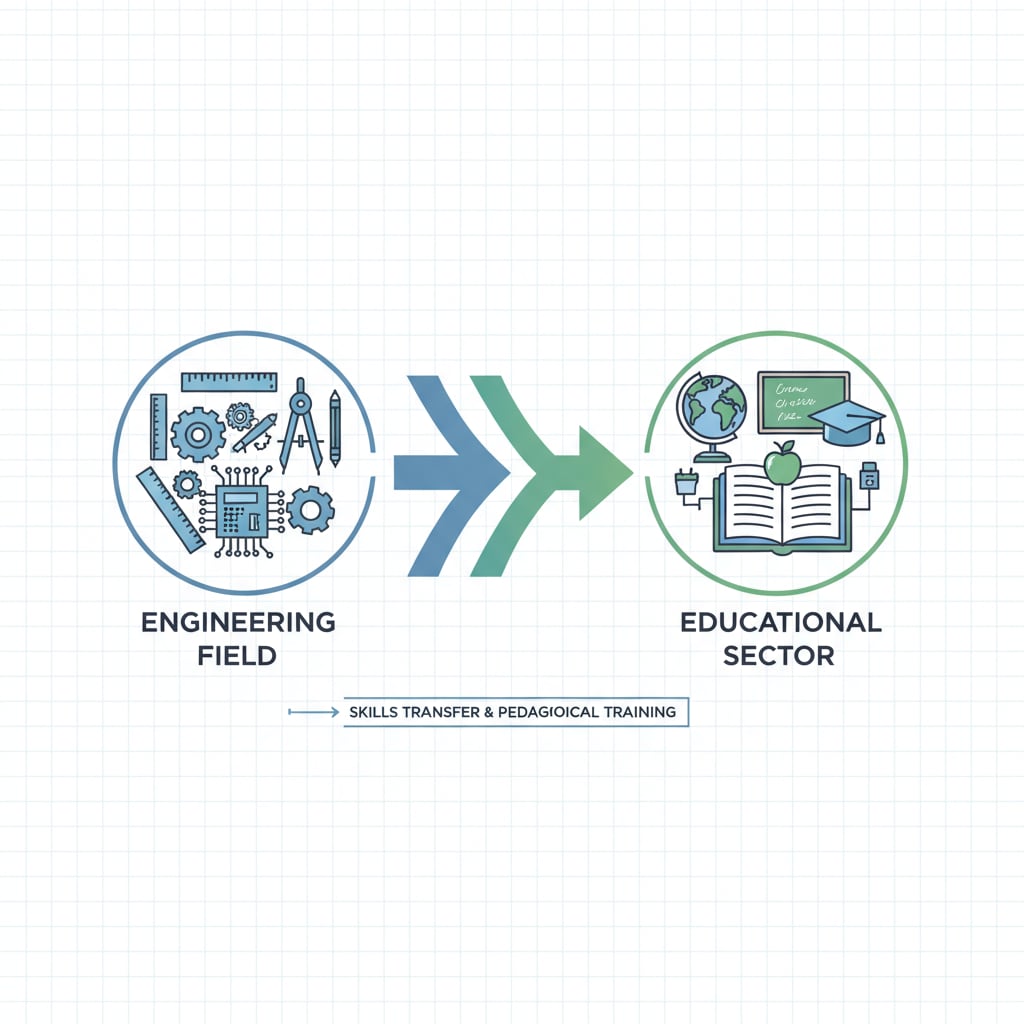The idea of a career transition from an engineering degree to math education might seem like a significant leap, but it is indeed a path filled with opportunities. In today’s educational landscape, the demand for skilled math educators is on the rise, and those with an engineering background can bring a unique set of skills to the table.

The Unique Edge of an Engineering Background in Math Education
Engineering graduates possess several distinct advantages when entering the math education field. Firstly, their in – depth knowledge of advanced mathematical concepts is a huge plus. Engineering programs typically require students to master calculus, differential equations, and linear algebra, among other complex topics. This high – level mathematical proficiency allows them to explain mathematical concepts in greater detail and with real – world applications. For example, when teaching calculus, an ex – engineer can draw on engineering problems that involve rates of change, such as the speed of a rocket during launch. Engineering mathematics on Wikipedia
In addition, engineers are trained to think analytically and solve problems systematically. These problem – solving skills can be effectively transferred to the classroom. They can teach students how to break down complex math problems into smaller, more manageable steps, similar to how engineers approach engineering projects. This methodical approach helps students build confidence in their math abilities.

Practical Steps for the Career Transition
The first step in this transition is to gain a solid understanding of educational theory and teaching methods. Enrolling in a teacher education program, either at a university or through an online course, is highly recommended. These programs cover topics like educational psychology, instructional design, and classroom management. For instance, learning about how students learn and the different teaching styles can help an ex – engineer adapt their teaching to the needs of diverse learners. Teacher education on Britannica
Next, it’s essential to gain practical teaching experience. This can be achieved by volunteering as a math tutor at a local school or community center. Tutoring provides hands – on experience in working with students, understanding their learning difficulties, and refining teaching techniques. It also allows the individual to build a portfolio of teaching materials and student feedback, which is valuable when applying for formal teaching positions.
Networking is another crucial aspect. Connecting with current math educators, joining educational associations, and attending teaching conferences can provide insights into the job market, teaching trends, and potential job opportunities. Building relationships with other educators can also lead to mentorship opportunities, which are invaluable for a smooth transition.
Readability guidance: The above content is structured in short paragraphs for better readability. Each section presents key points in a clear and straightforward manner. Transition words like ‘firstly’, ‘in addition’, ‘next’ are used to guide the flow of information. The use of examples helps to illustrate complex ideas, making them more accessible to the reader.


